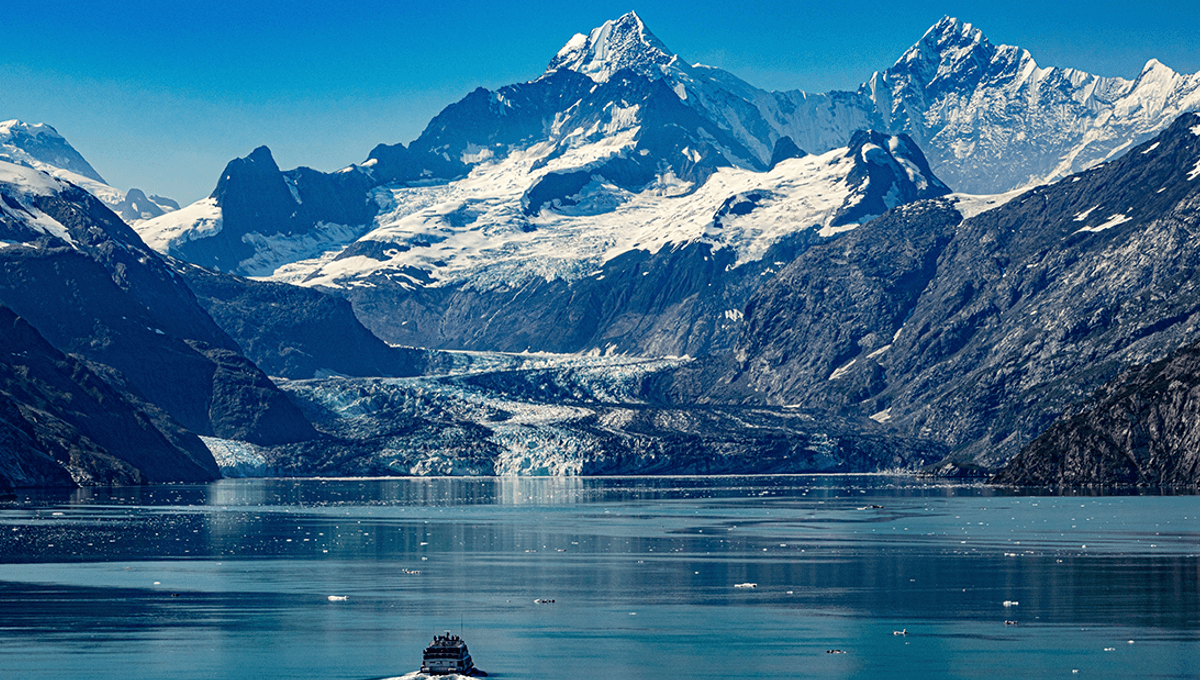-
Новости
- ИССЛЕДОВАТЬ
-
Страницы
-
Статьи пользователей
-
Форумы
Alaska Issues Its First-Ever Heat Advisory As Temperatures Soar To 30°C

Alaska Issues Its First-Ever Heat Advisory As Temperatures Soar To 30°C
The US state of Alaska has issued its first-ever heat advisory, as meteorologists also warn of flooding caused by rapid snowmelt.
The National Weather Service (NWS) offices in Fairbanks and Juneau issued the initial heat advisory on June 12, followed by an updated advisory on June 16 warning of temperatures up to 29.4 to 31.1°C (85 to 88°F) in the Fairbanks area. "Young children and pets should never be left unattended in vehicles under any circumstances as vehicle interiors can reach extreme temperatures in as little as 10 minutes," the NWS says in the advisory. "Take extra precautions when working in the sun. Wear sunscreen and lightweight, loose fitting clothing. Try to limit strenuous activities to early morning or evening. Take action when you see symptoms of heat exhaustion and heat stroke. Close curtains during the daytime to reduce sun insolation into the home and open windows at night to allow the home to cool off. Utilize fans or community buildings with air conditioning." While those temperatures may not seem like much to worry about, they are particularly troublesome in areas used to dealing with extremes of cold, not heat. As Grist points out, a 2003 heatwave in Europe killed an estimated 35,000 people, and in 2023, Europe's heat-related death toll reached an estimated 47,000. "Let me preemptively cut anyone off for saying upper 80F [27C] is not real heat. As Alaskans, we do not pass judgement on Lower 48 places that shut down with 2" snow," Brian Brettschneider, climatologist at the NWS’s Alaska Region Headquarters, explained on BlueSky. "Every place is built for [its] climate. Alaskan houses are built to retain heat and do not have air conditioning." As well as a lack of cooling equipment, the state has seen an increase in floods as the hot weather heats up the state's snow and ice. "Rapid snowmelt and ice jams could lead to flooding of rivers and streams across the North Slope. Access to roads, airstrips, and low-lying infrastructure may be affected. High flows could lead to bank erosion that could threaten nearby roads," the NWS said in a flood advisory issued on June 16, adding that part of the Dalton Highway was closed due to a "major washout", with more to come. "On the Colville, flooding is occurring at Umiat with ice jams present further downstream. Flooding could occur downstream over the next couple of days as these ice jams release." People living alongside streams or rivers should stay alert and look for further advisories, should flooding take place. Warmer weather is not entirely unheard of in the Alaskan summer, but this is the first time that the weather service has issued a heat advisory, after the option to issue such an alert was given to them earlier this month. While still what you might call "really cold" most of the year, Alaska is heating up two to three times faster than the global average, with an increase in average statewide temperatures of 1.67°C (3°F) over the last 60 years.


